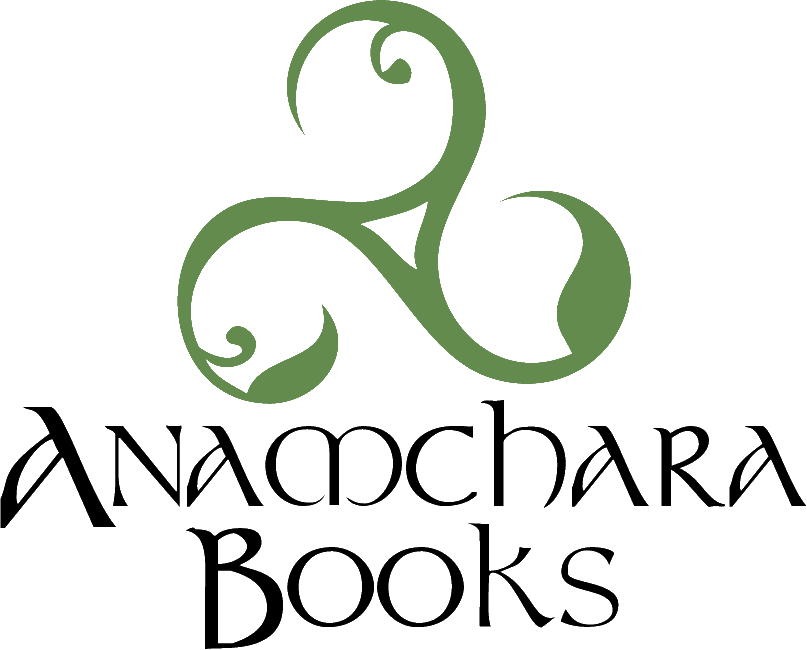Christmas and the Night of St. John of the Cross by Avellina Balestri
/There is more to Christmas than just Christ’s birth. It serves as the beginning of an epic, and Advent is the prologue whereby we prepare for the first spellbinding chapter. There’s a thread running through Christmas that ties into so many other Christological elements, including Christ as Divine Lover, in concert with the poetry of St. John of the Cross, whose feast aptly coincides with the Advent season on December 14.
But I feel this depth and dimension often gets overlooked in the over-sentimentalized secular seasonal hype. It is a 3-D sort of depth, set against the backdrop of darkness and death and a frozen landscape. It is brittle bleakness in the bleak midwinter, bearing up against the frosty wind, iron ground, and stone water. The elements have given up their ghosts, and seem to be suspended in a state of waiting, waiting for the light, the breath, the rush of some solitary stirring that speaks of life’s return.
I think some of the lesser-known Christmas carols can capture this stark freshness, like the sting of the winter air on our cheeks. For me, English carols hold the deepest resonance, seeming to rise from ancient mist, and rain, and soil, and sea. It is freshness of light piercing dark for the first time, of song piercing the silence, and the sky being rent by angel trumpets and an infant’s wail. It is the town crier making his rounds: “Past 3 o’clock, and a cold frosty morning! Past 3 o’clock! Good morrow, masters, all!”
You get the feeling that you are being called out of your comfort zone, and you could go out and sing it alone into the night, and into the moon, and challenge the dark. I’ve done that before, gone outside in the winter chill and sung out these carols at the top of my lungs, singing to the emptiness of the night. I feel compelled to say, “Darkness, you can’t frighten me; I’ll walk into the heart of you, and I’ll sing because your reign is ending.”
There is an empowering aspect of the season. Like Elsa in Disney’s Frozen, we feel the urge to banish our fears and cry out, “I’ll rise like the break of dawn…Let it go, let it go…Here I stand in the light of day…Let the storm rage on! The cold never bothered me anyway.” But in our case, the cold really has bothered us, and our fears are ever so real. But we are now given the means of grace, and the blaze of fire, to fight back against it. And so we light our Advent wreaths, one candle at a time, with longing licking at the stems and melting the wax of our hearts.
Christmas has an element of battle about it, actually, the pre-dawn whisperings of the conflict to come. Or perhaps those angel trumpets are very much a declaration of war, setting the stage as it were for the coming of the spring, and the final battle during the Triduum. It is like in C.S. Lewis’ Narnia, when Father Christmas, who has not been seen for many years in the absence of Aslan, comes and gives the Pevensie children gifts of war: Peter’s sword, Susan’s bow and arrows, and Lucy’s healing horn.
Christ comes as more than a baby; He is the seed of so many symbols. In the old English carol “Tomorrow Shall Be My Dancing Day,” Christ is portrayed as the great Lover of Humanity: “Tomorrow shall be my dancing day, I would my true love did so chance to see the legend of my play, and call my true love to my dance…sing, oh, my love…my love…my love…this have I done for my true love.”
All of this comes back to St. John of the Cross, and why his poetry applies to Christmas. He speaks of night not as a thing to fear, but as a place where union with the divine may be sought out: “O night, thou wast my guide! O night more loving then the rising sun! O night that joined the lover to the beloved one, transforming each of them into the other.”
Is this not the crux of the Incarnation, and that “silent night, holy night”? The Incarnation lies not just in a cave in Bethlehem, but in the essence of our own souls, breathed into existence by God.
Avellina Balestri (aka Rosaria Marie) is a Catholic freelance writer and editor-in-chief of The Fellowship of the King (www.thefellowshpoftheking.net), an online magazine exploring the arts through a spiritual lens.



